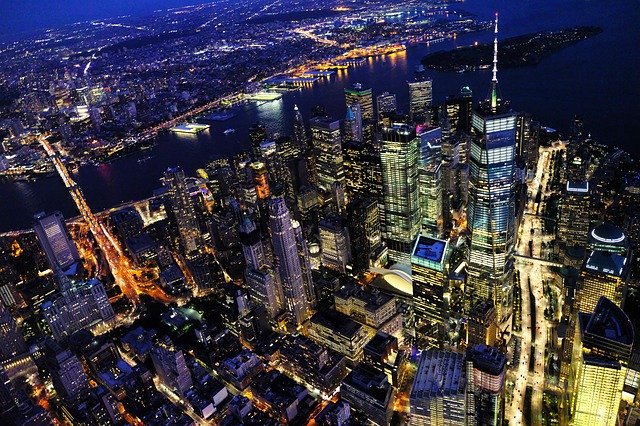Also known as the Big Apple, New York City is said to be the most expensive city in the U.S. This perception, however, largely comes from Manhattan’s presence – particularly its Upper West Side, which is a high-demand area. While other New York boroughs such as Staten Island and Queens are still much more expensive than average, they feature significantly lower costs of living than Manhattan.
With an incredibly confusing rental process, renting in New York City is like no other experience. First-timers are likely to get overwhelmed if they decide to go it alone without the help of a realtor. Even after spending hours scanning apartment listings online, you may find yourself ineligible for the apartment of your choice.
If you need an ideal rental apartment in Manhattan real estate, real estate agent Jenna Cohen can relieve you of the exhaustive work of negotiating with property managers and landlords, as well as the hectic paperwork process necessary to secure your first apartment in New York.
Determining average living expenses
It is actually possible to live an affordable life in New York. The amount of money you need depends on a variety of factors, the most important being your stage in life (professional, student or an unemployed job seeker) and the section of the huge metropolis you wish to call home.
The average cost of rent in New York ranges from about $600 for a room, with one-bedroom rental costing between $1,600 and $6,500 per month.
Utility bills vary in price depending on the time of year due to the city’s variable climate. With snow piling up during winter and summers being oppressively humid and hot, prepare for high heating bills between November and the end of March, and expect to constantly crank your air conditioning from May to mid-September.
You could save energy more by powering down all unused electronic devices or trading your old appliances for Energy Star-certified appliances, which will help you earn a tax credit to enable you to save more.
Since food costs are slightly above average in New York City, always endeavor to cook at home, and purchase foodstuff in bulk while avoiding restaurants so that you can maintain monthly food costs in the realm of $300 to $500.
Need to move to New York City during the COVID-19 pandemic?
Real-estate-wise, it has become cheaper – and easier – to get a foothold in New York City during the coronavirus pandemic. The early, scary months of the pandemic, as well as the exodus of many New Yorkers, has resulted in there being many apartments available for renting.
Good deals abound in the real estate industry during the pandemic, with landlords being more willing to offer concessions and negotiate to fill vacancies – throwing in freebies such as owner-paid broker fees and free months, especially at large rental buildings.
Here are some quick tips for reducing your budget in New York City:
• Calculate transportation costs: It is important to do the math of how often you’ll be taking the bus and subway. It may be worthwhile to continue paying ride by ride if you work from home a few days a week. If you’re constantly riding the train to work or school, you could buy an unlimited monthly Metro pass for $127 to save a significant amount of cash.
• Skip the Uber and taxis: Although this may seem obvious for a budget post, try avoiding taxi, Lyft and Uber rides as they may be so tempting. If you feel sick of the subway, try biking or walking. This will give you an extra benefit of exercise, and you’ll not have to spend going to the gym.
• You don’t have to bring your car: If you’re intending to head to New York City after graduation, you might consider ditching your car. In most areas of the city, parking is extremely scarce and a total hassle. Space could cost you so much. Since the city has a superb connection of public transit, you could save major bucks on parking, gas, insurance and repairs by selling your car before you arrive.
• You can join the sharing economy to get free stuff: In a densely populated city such as New York, people frequently purge possessions all the time as they come and go. Join your local Buy Nothing Project group on Facebook or download an app such as Nextdoor – people post items they are unloading for free and you can benefit a lot.
• Get cheaper produce by shopping at local markets: Shopping for groceries is not one-size-fits-all in New York City. Instead of heading to superstores, explore street vendors and local farmers’ markets. This will save you a lot of cash on vegetables and other farm products.




